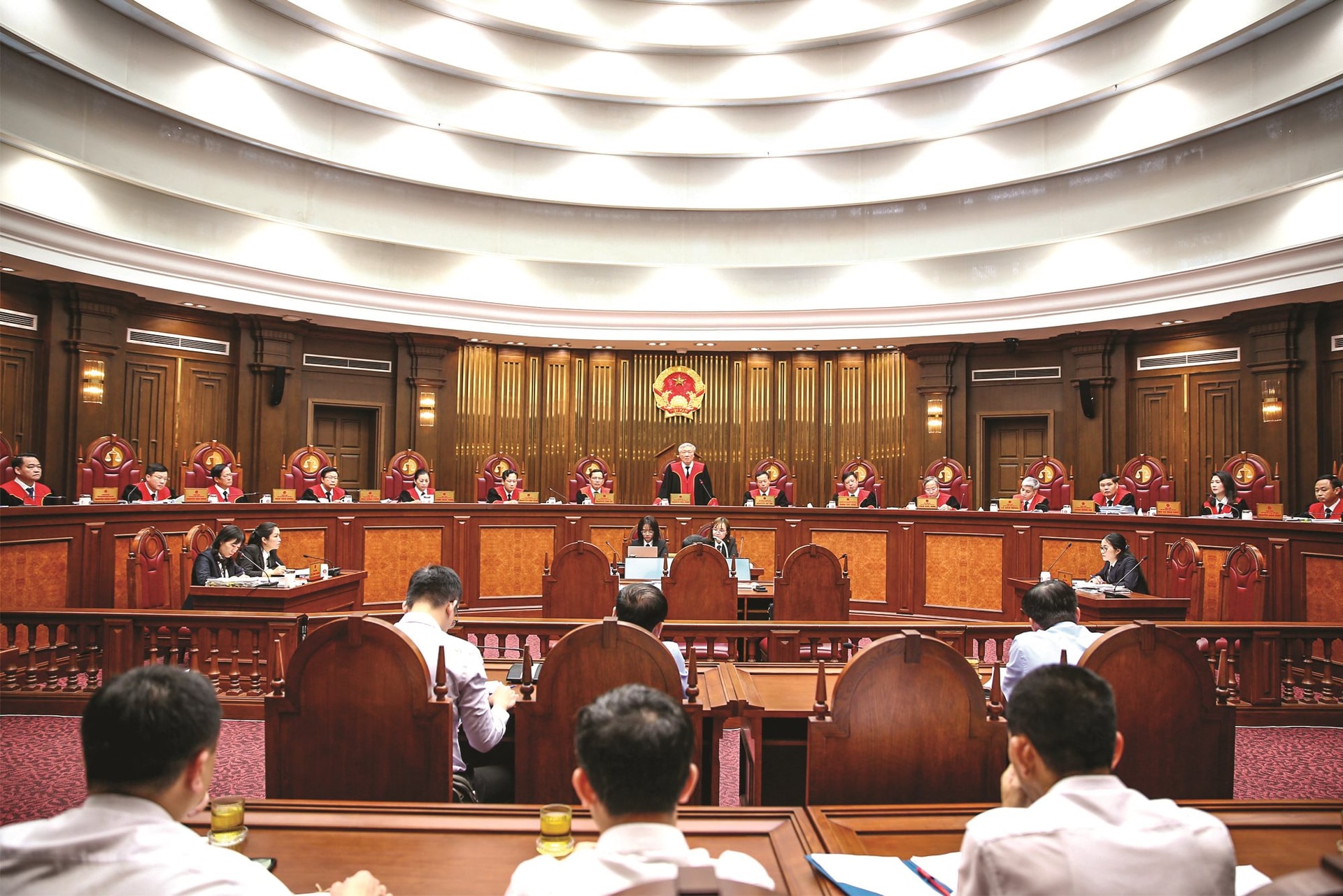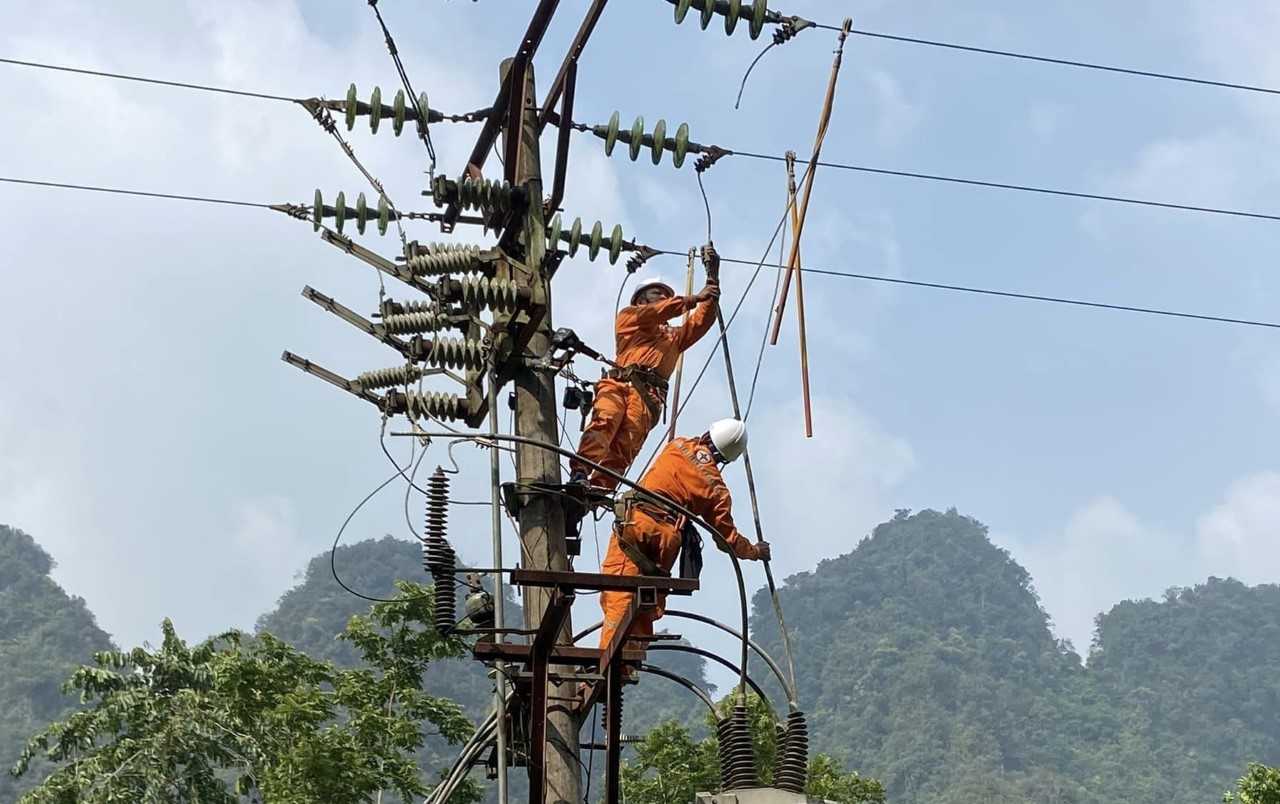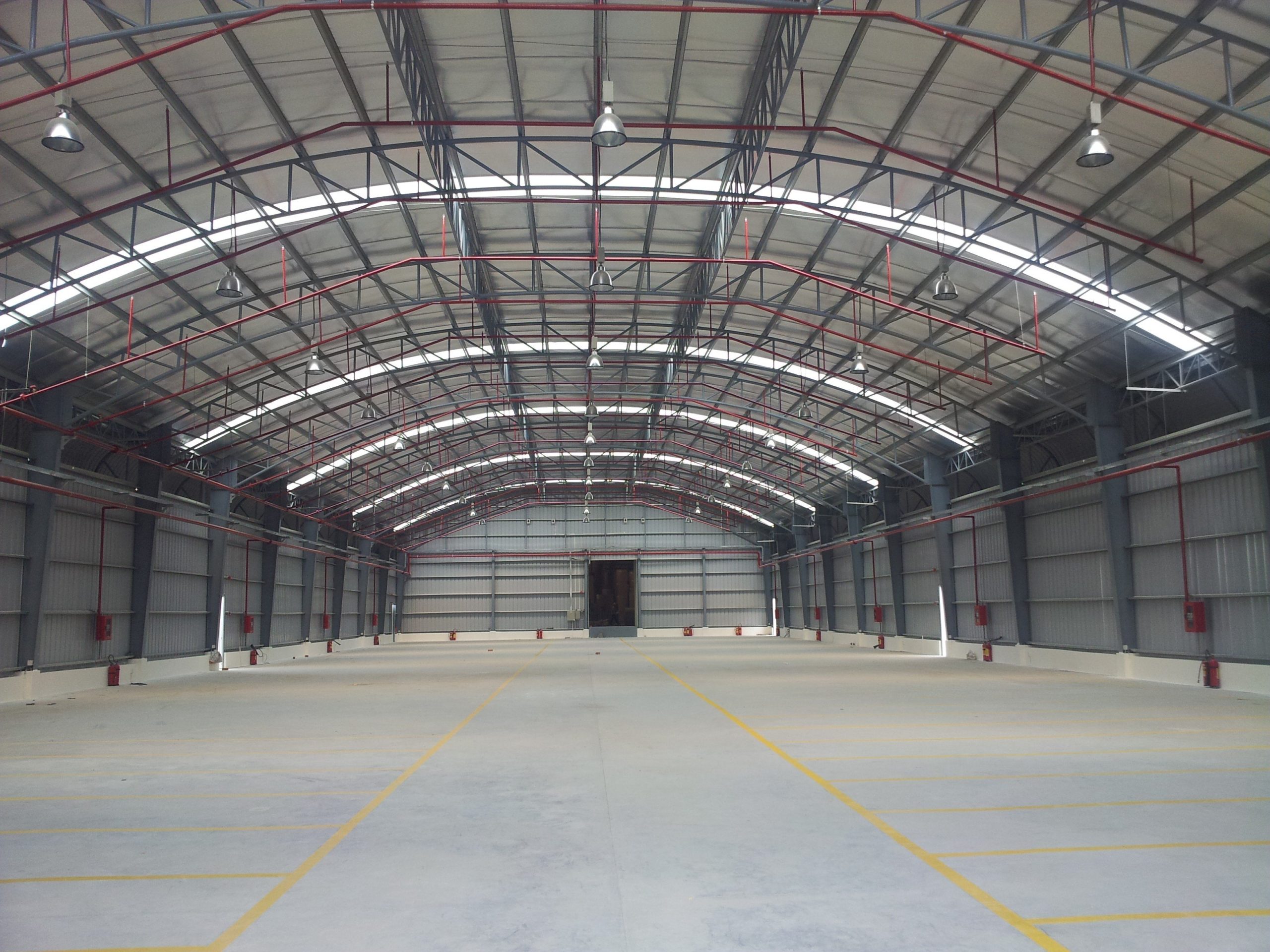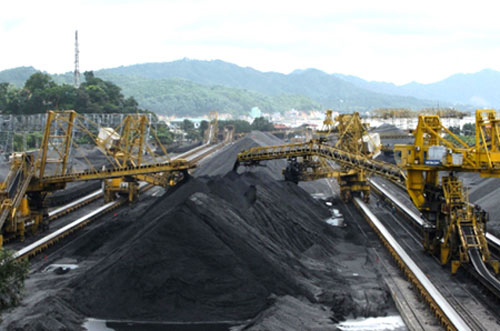What Skills must Intermediate-Level Mining Engineering Students in Vietnam have?
Recently, the Ministry of Labor, Invalids, and Social Affairs (Hanoi, Vietnam) issued Circular 50/2018/TT-BLDTBXH, which stipulates the minimum scope of knowledge and competency requirements that learners must achieve after graduating from intermediate and college level programs in mining engineering and related technical fields.
What Skills must Intermediate-Level Mining Engineering Students in Vietnam have? (Illustrative photo)
Specifically, Circular 50/2018/TT-BLĐTBXH stipulates that intermediate-level mining engineering is a field where practitioners perform tasks such as excavation and support maintenance of underground galleries with any slope and an area of ≥ 1.5 m² in rock to facilitate mining exploitation through tunneling methods. This meets the requirements of level 4 within the Vietnamese National Qualifications Framework. Accordingly, learners need to attain the following skills:
- Operate equipment: electric drills, pneumatic drills; cyclic loaders with scoops, scraping loaders, side-dumping loaders, apron feeders, conveyors, winches; local ventilation fans;
- Organize tunneling in coal, and rock excavation using competent and safe blasting technology;
- Support underground galleries with timber or metal frameworks;
- Strengthen vulnerable gallery sections by using forms and additional supports;
- Proficiently use self-rescue methods, measure and monitor mine gases, and provide first aid to accident victims;
- Utilize basic information technology according to regulations; exploit, handle, and apply IT in specialized tasks of the industry or trade;
- Use basic foreign languages, achieving level 1/6 within the Vietnamese foreign language competency framework; apply foreign languages to specialized tasks of the industry or trade.
Additionally, mining engineering practitioners mainly work in underground galleries at mineral extraction mines using tunneling methods, with main tasks including: breaking rocks and minerals using mechanical or blasting methods; shoveling rocks and minerals manually or operating mechanical equipment; transporting rocks and minerals using manual carts, winches, conveyors, aprons, or electric trains; transporting materials using manual tools or specialized equipment; supporting tunnels using different frameworks such as timber or metal, and bolts; construction tasks, including formwork, reinforcement; reinforcing weakened frameworks, repairing damaged support structures or tunnel sections with damaged, excessively deformed frames; participating in handling incidents during production such as tunnel collapses, gas explosions, or underground water outbursts;
Mining engineering workers operate in shifts, in conditions without natural light, and harsh environments regarding temperature, air quality, noise, and dust... Some production tasks are physically demanding and potentially dangerous, thus the work is collective in nature; therefore, workers must possess good health, professional dedication, sufficient competency, and skills to perform tasks, solid professional expertise, and the ability to work well in teams.
Details are available at Circular 50/2018/TT-BLDTBXH, effective in Vietnam from February 10, 2019.
Ty Na
- Key word:
- skill
- mining engineering
- Vietnam
- Guidelines on creating a Decleration of personal income tax finalization with a tax refund request via the automated process in Vietnam
- Regulations on the quantity and structural proportions of judge positions in the People's Courts of Vietnam from February 06, 2025
- What are documents for the Agreement on purchase and sale of electricity for residential purposes in Vietnam?
- Urgent situations that seriously threaten the capability to ensure electricity supply in Vietnam
- Guidelines for safety assessment of structures during operation and use at level 1 and level 2 in Vietnam from February 19, 2025
- Dossier for safety assessment of works during the process of exploitation and usage in Vietnam from February 19, 2025
-

- Guidelines on creating a Decleration of personal ...
- 16:00, 17/02/2025
-

- Regulations on the quantity and structural proportions ...
- 15:30, 17/02/2025
-

- What are documents for the Agreement on purchase ...
- 15:00, 17/02/2025
-

- Urgent situations that seriously threaten the ...
- 14:39, 17/02/2025
-

- Guidelines for safety assessment of structures ...
- 11:30, 17/02/2025
-

- Guidelines on creating a Decleration of personal ...
- 16:00, 17/02/2025
-

- Notable documents of Vietnam in the previous week ...
- 15:58, 17/02/2025
-

- Regulations on the quantity and structural proportions ...
- 15:30, 17/02/2025
-

- What are documents for the Agreement on purchase ...
- 15:00, 17/02/2025
-

- Urgent situations that seriously threaten the ...
- 14:39, 17/02/2025
 Article table of contents
Article table of contents

